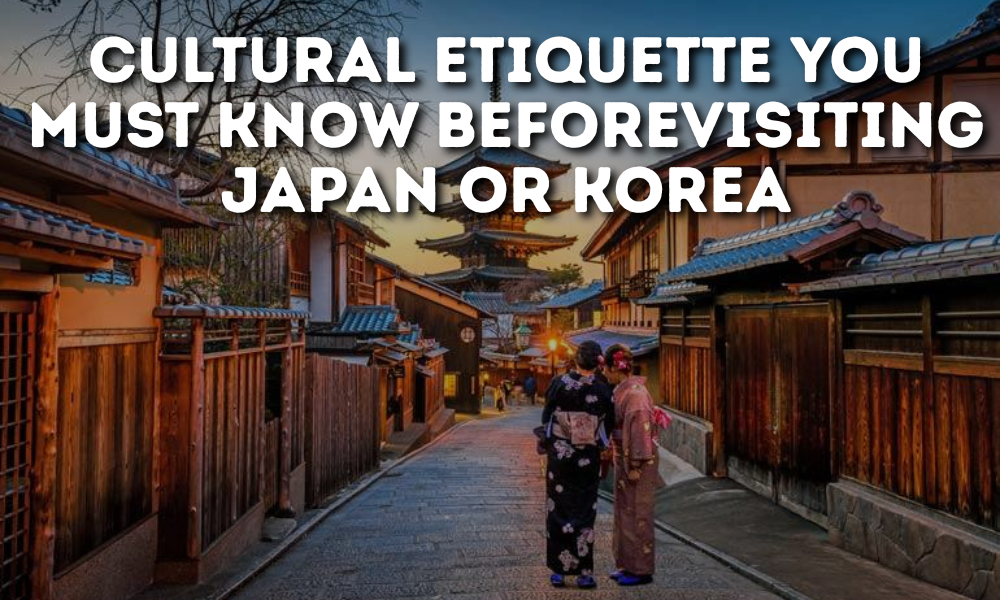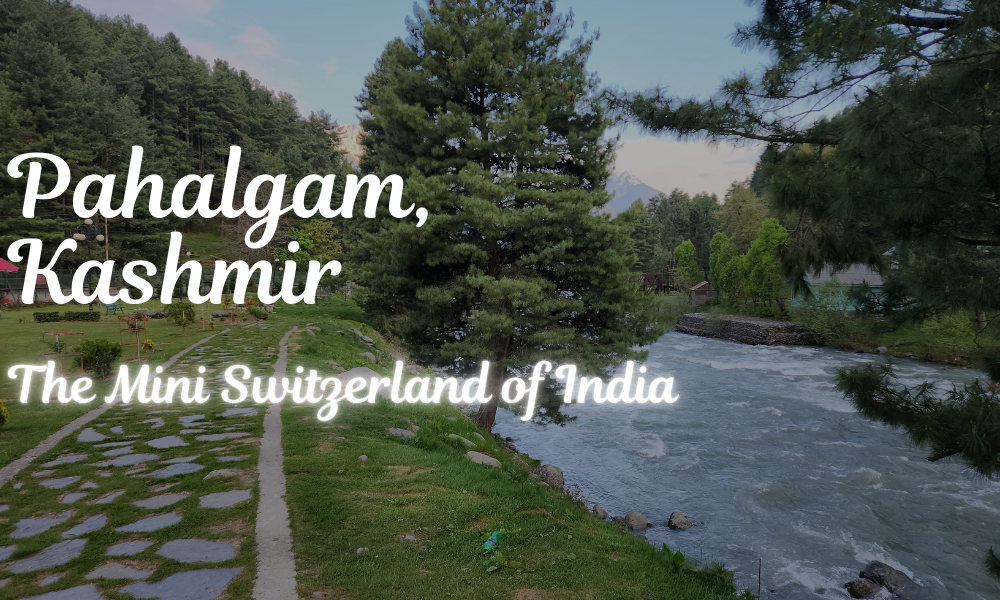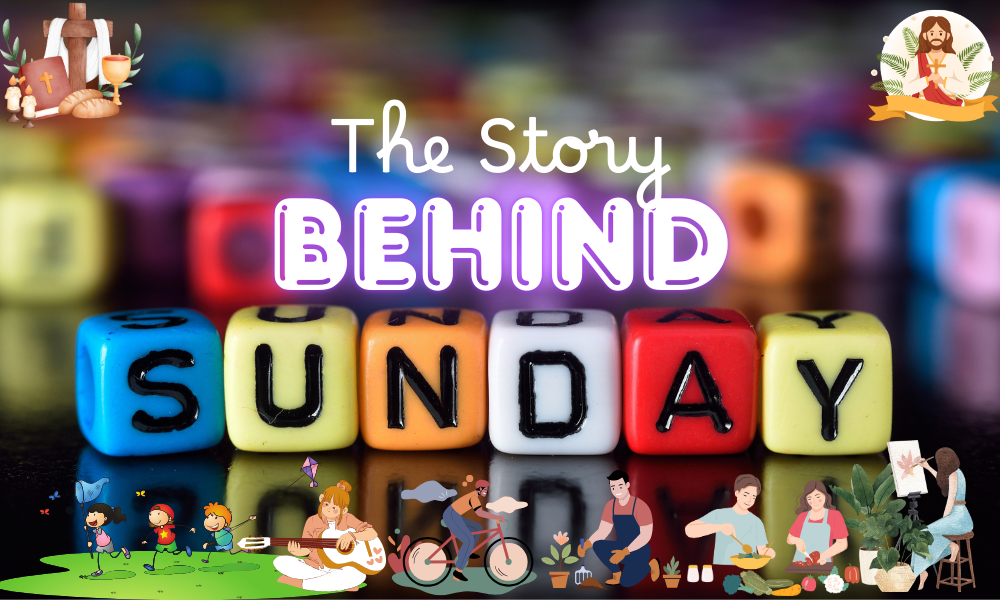Cultural Etiquette You Must Know Before Visiting Japan or Korea
Are you planning a trip to Japan or Korea? How exciting! Before you pack your bags, you should know that both countries have some pretty unusual cultural customs. Nothing scary—just little stuff which can easily have both positive and negative effects on how you are perceived and the respect shown to customs and culture. Let’s take a quick look at things to remember so that you don’t unintentionally come across as rude.

Respect and Politeness: The Heart of Social Interactions
Let’s dive into something that really matters in Japan and Korea: respect. Respect is truly salient and at the heart of social interactions. You can’t miss it when you are there: from the way people will talk to others to how they greet others.
In Japan, bowing is a big component of respect. You will almost always find someone bowing hello, thank you, or sorry, and the depth of the bow impacts the amount of respect one demonstrates when they bow; the deeper the bow, the more respect it implies. That said, it may feel a bit awkward at first, but even a slight bow from you will go a long way.
Korea has a similar feel to Japan in respect, but instead of deep bowing, you will primarily see a slight head nod, or a half bow, especially when greeting elders. Also, in both cultures, age and hierarchy are taken seriously. Therefore, if someone is older than you, you need to be more conscious of being polite when you interact with them.
And, don’t be loud. In both cultures, being loud in public (this includes trains and restaurants) can be perceived as disrespectful. Trust me that loud talking is not normal in Japan or Korea like you may experience at home. You should be conscious of your voice level as a simple act of politeness.
Additionally, let’s talk about gratitude. Expressing thanks, whether through a simple nod or smile, is always valued. In Korea, you would say “kamsahamnida,” and in Japan, it’s “arigatou gozaimasu.” Familiarizing yourself with these phrases can leave a positive impression.
In summary, be kind, stay mindful of your environment, and keep in mind that even small gestures of respect can make a significant difference.
Dining Considerations: Manners That Matter
Let’s discuss food, since if you’re visiting Japan or Korea, chances are you’re going to do a lot of eating – and in both cases, you’re going to eat some really incredible food! The thing to remember is that table manners and etiquette will matter, not just what you are eating.
First, chopsticks. If you’re not accustomed to using chopsticks, don’t worry, you’ll adjust. You will mainly just need to avoid a couple of things: first, don’t put your sticks upright into a bowl of rice (the Japanese have funeral-like associations), and second, don’t use one set of chopsticks to pass
food to another set of chopsticks (again, funeral associations). Basically, use chopsticks with respect and don’t wave them around like a magic wand.
Now, here’s one big difference – tipping. Tipping is not customary in Japan, and even frowned upon. The people who may serve you are not expecting it, and they may even see it as rude. If you leave money on the table, the waiter/waitress may literally chase after you thinking you left money behind! Korea is more lenient, especially in touristy areas, but generally speaking, tipping is not done in Korea.
In Korea, meals are shared with everyone at the table so you will share the side dishes (called banchan) with everyone and it’s common to reach over and grab a taste of this or that. Just don’t use your own chopsticks to grab food from shared plates—use the serving chopsticks if they are provided.
Also, don’t start eating until the oldest person at the table begins; that is a sign of respect. In Japan, waiting for everyone to say “itadakimasu”, which is somewhat like “let’s eat” but more a way of showing thanks before eating, is a nice gesture.
And try not to make too much of a mess, or slurp loudly, unless you’re eating noodles in Japan— where slurping is actually encouraged as a sign of enjoying the meal.
So, just some small things to think about, but once you get used to it, it will feel normal—and in the end people really appreciate you taking the effort in the first instance.

Dress, Space, and Public Behaviour: Blending In Respectfully
What you wear and how you conduct yourself in public really matters when you are in Japan or Korea. In both cultures, modesty and cleanliness are extremely important, so staying clean and respectable is the best way to go. You do not have to be dressy, but you should stay away from anything too revealing, especially in Japan, which is generally more conservative in its clothing styles. In Korea, people do dress nicely and very stylishly, but they also dress modestly.
Imagine a system that is so intelligent that it can detect danger before flames ever appear and quickly intervene to save lives, property, and means of subsistence. The top industrial Fire Suppression Systems In Houston is designed to quickly and precisely fight heat and smoke, and they are more than simply technological advancements they are a source of comfort.
In both cultures, personal space is important. In Japan, it is pretty much accepted that people will be quiet and maintain their personal space, especially on public transportation. Make sure to not talk on the phone loudly, and do not play music loudly. Korea is less strict in this regard, but it is still polite to utilize your indoor voice in crowded situations.
Both cultures and countries value cleanliness. While you will be amazed at how clean the streets are in both countries, expect to carry your trash with you until you find a proper trash can (there are not too many trash cans in both countries). In Japan, it is considered rude to eat while walking, so find a designated eating area to eat.
Simply dress modestly, respect people’s space, and keep the noise down, and you will blend in just fine. You can expect locals to notice—and appreciate—your attempts to fit in with their customs.
Conclusion
All cultures have their little rules, and Japan and Korea are both no exception. Some basic background knowledge can help you to navigate the waters of politely unfamiliar cultural practices, avoid awkward moments and show respect, and to make your trip easier and more enjoyable!
Author’s Bio
Nikita is a professional blog writer with experience in creating content across diverse topics. I deliver well-researched, clear and engaging articles that inform and add value to readers.


















